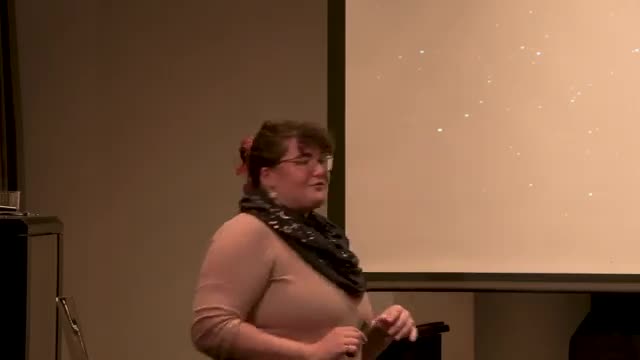NASA plans new Saturn mission focusing on Titan after Cassini's groundbreaking discoveries
This article was created by AI summarizing key points discussed. AI makes mistakes, so for full details and context, please refer to the video of the full meeting. Please report any errors so we can fix them. Report an error »

On a crisp December evening, the Newton Free Library transformed into a hub of cosmic curiosity as residents gathered for Astronomy Night, an event dedicated to exploring the wonders of the universe. Attendees were treated to an engaging discussion about the majestic planets Jupiter and Saturn, led by a knowledgeable speaker who illuminated the unique characteristics of these gas giants.
Saturn, often overshadowed by its more famous neighbor, Jupiter, captivated the audience with its stunning rings and intriguing features. The speaker highlighted that Saturn is located ten astronomical units from the sun, making it twice as far as Jupiter. With a year lasting approximately 30 Earth years, Saturn's slow orbit adds to its mystique. The planet, named after the Titan father of Jupiter, boasts an impressive count of 146 moons, many of which are nestled within its iconic rings.
The conversation took a fascinating turn as attendees inquired about the future of space exploration. Questions arose regarding the Cassini probe, which provided invaluable data about Saturn during its mission from 1997 to 2017. The speaker confirmed that while Cassini gathered a wealth of information, advancements in technology have sparked interest in renewing missions to Saturn, particularly focusing on its moon Titan. A potential mission is slated for 2027, pending approval from NASA, which oversees the prioritization of astronomical missions every decade.
As the discussion deepened, the audience learned about the formation of Saturn's rings, which are composed of a variety of particles, from tiny grains of sand to larger chunks the size of a minivan. The speaker explained that these rings are not unique to Saturn; other planets, including Jupiter and Uranus, also possess ring systems, albeit less pronounced.
The evening culminated in a moment of reflection on the Cassini mission's grand finale, where the probe was intentionally crashed into Saturn to collect final data. This poignant conclusion underscored the dedication of scientists to uncovering the mysteries of the cosmos, even at the end of a mission.
As the night drew to a close, attendees left with a renewed sense of wonder about the universe, inspired by the intricate dance of planets and the ongoing quest for knowledge that continues to unfold in the vast expanse of space.
Saturn, often overshadowed by its more famous neighbor, Jupiter, captivated the audience with its stunning rings and intriguing features. The speaker highlighted that Saturn is located ten astronomical units from the sun, making it twice as far as Jupiter. With a year lasting approximately 30 Earth years, Saturn's slow orbit adds to its mystique. The planet, named after the Titan father of Jupiter, boasts an impressive count of 146 moons, many of which are nestled within its iconic rings.
The conversation took a fascinating turn as attendees inquired about the future of space exploration. Questions arose regarding the Cassini probe, which provided invaluable data about Saturn during its mission from 1997 to 2017. The speaker confirmed that while Cassini gathered a wealth of information, advancements in technology have sparked interest in renewing missions to Saturn, particularly focusing on its moon Titan. A potential mission is slated for 2027, pending approval from NASA, which oversees the prioritization of astronomical missions every decade.
As the discussion deepened, the audience learned about the formation of Saturn's rings, which are composed of a variety of particles, from tiny grains of sand to larger chunks the size of a minivan. The speaker explained that these rings are not unique to Saturn; other planets, including Jupiter and Uranus, also possess ring systems, albeit less pronounced.
The evening culminated in a moment of reflection on the Cassini mission's grand finale, where the probe was intentionally crashed into Saturn to collect final data. This poignant conclusion underscored the dedication of scientists to uncovering the mysteries of the cosmos, even at the end of a mission.
As the night drew to a close, attendees left with a renewed sense of wonder about the universe, inspired by the intricate dance of planets and the ongoing quest for knowledge that continues to unfold in the vast expanse of space.
View full meeting
This article is based on a recent meeting—watch the full video and explore the complete transcript for deeper insights into the discussion.
View full meeting